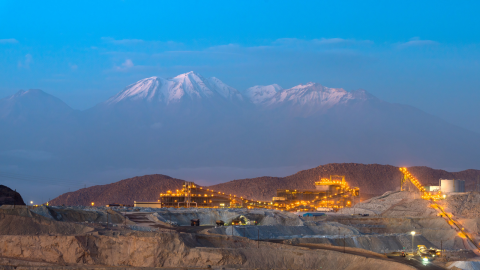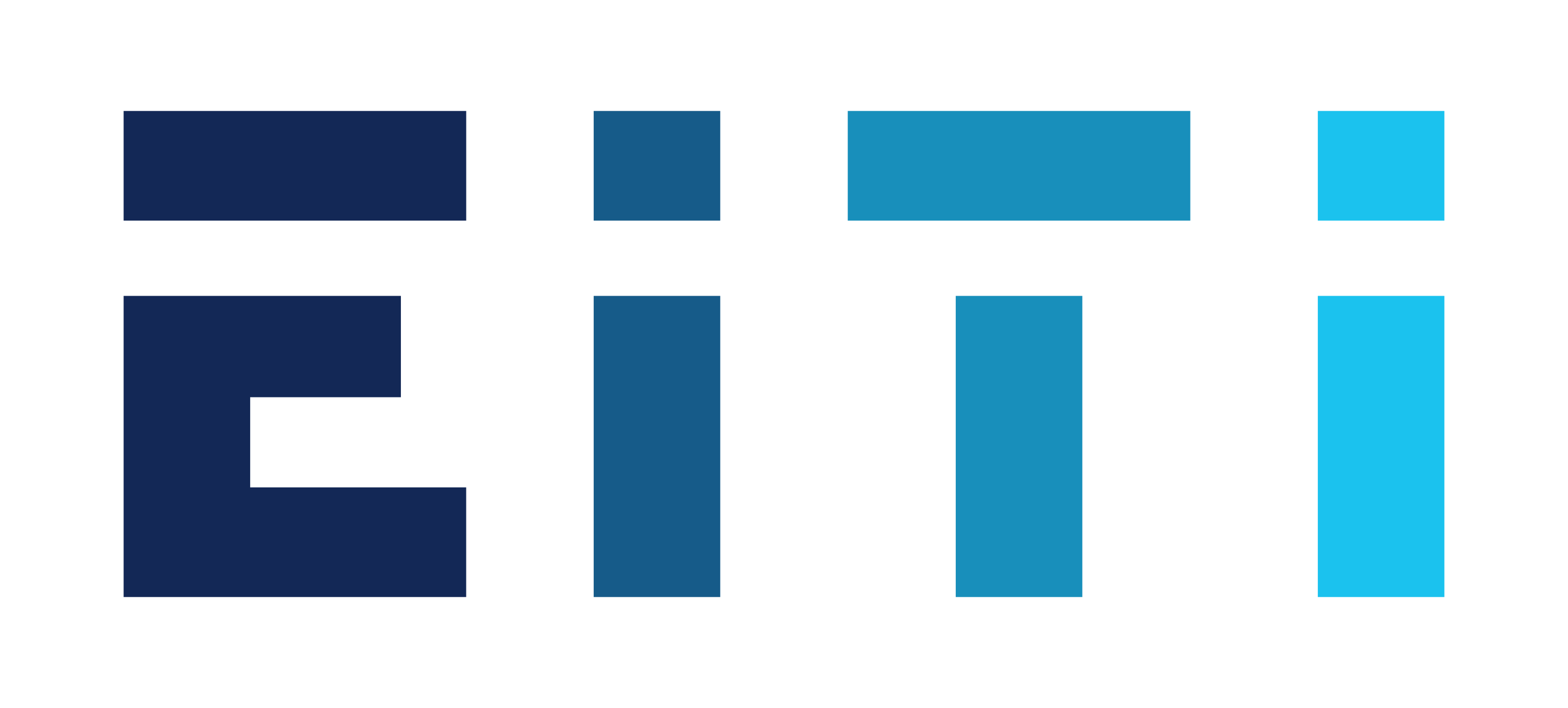
DR Congo discloses sobering figures on revenue from natural resources
DR Congo discloses sobering figures on revenue from natural resources
Democratic Republic of the Congo's EITI disclosed last week the most comprehensive report of what their government receives from the country’s natural resources. The 2010 EITI Report reveals sobering figures that will inform the debate about how DRC's extractives are being taxed.
Revenue from natural resources: US$ 13 per capita
The Report shows that extractive companies operating in the country paid the government US$ 876 million in taxes, fees and royalties in the year 2010. This means that the Congolese government received around US$ 13 per capita.
The Democratic Republic of Congo plays a globally significant role in the world’s production of cobalt, copper, diamond, tantalum, and tin. Crude petroleum production also contributed to the domestic economy.
The EITI Report shows the government’s revenues from the country’s top commodities accounted for 5% of its GDP, in the country widely recognised to have the lowest GDP per capita.
63% of taxes, fees and royalties, came from the mining sector, and 37% from the oil sector. The report covering fiscal year 2010 has sought to address several shortcomings identified in previous EITI reports, with full participation by all the oil and mining companies requested to report.
Basis for analysing DRC’s taxation of extractives
The data published in the 2010 EITI Report provides a basis for analysing how DRC’s extractive industries are being taxed.
To a larger extent than before, payments are ‘disaggregated’, meaning that one can now trace what each company paid to which tax authority and which type of payment.
The report reveals that despite the existence of 500 companies in DRC that hold exploration and production licenses, five companies made 97% of all payments in the oil sector, and another eight companies made 73% of all payments in the mining sector.
As with the EITI Reports for previous years, there are still discrepancies between what companies report to have paid and what the government reports to have received. However, leaving out payments (US$ 78 million) from two companies that were disclosed by the government even though they have since changed ownership, a basic comparision shows a smaller net discrepancy than for previous years: 3.2 % or US$ 25 million.
The report contains a detailed account of these discrepancies which can inform further investigations into cases of inefficient tax collection or potential fraud.
Shedding more light on mining deals
The EITI Report sheds light on payments from some recent mining deals that were previously not disclosed and were causing speculation and criticism. The 2010 EITI report covers the contracts with Chinese companies that include US$ 6.2 billion of promised infrastructure investments. It is now possible to see how many kilometers of road or how many hospital beds were financed under these contracts.
The report confirms that EITI stakeholders in the DRC plan to also disclose revenues from the forestry sector in the next EITI Report for the year 2011.
In efforts to combat corruption and mismanagement of its natural resources, the Congolese government has made implementation of the EITI transparency standard a key pillar.
The report is available at www.eiti.org/report/democratic-republic-congo/2010
UPDATE 24 JANUARY: Reference to the country's revenue from agricultre is removed since the source could not be verified.
Photo at top, courtesy EITI DRC Technical Secretariat: Discussing findings from the EITI with students at the Protestant University of Congo, 12 November 2012.
For further information about implementation of the EITI in the country, see the DR Congo country page on the EITI website.
Related content





